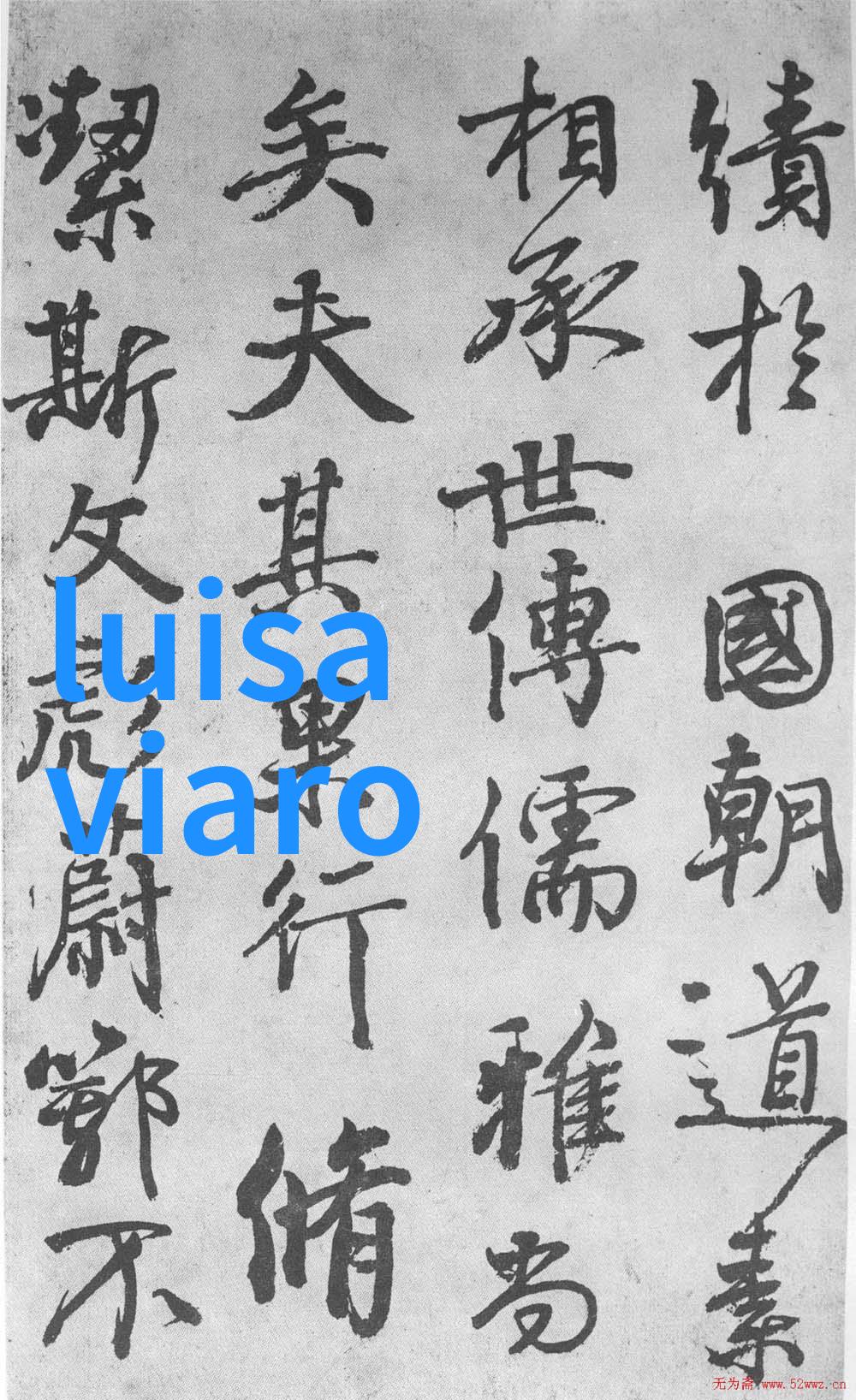From Dickens to Austen, and Beyond: A Celebration of Iconic Authors Who Shaped Modern English Literature

The Golden Age of English Literature
In the realm of literature, there exists a bygone era that is often referred to as the "Golden Age" or "The Great Tradition." This period saw the emergence of some of the most influential authors in English literary history, including Charles Dickens and Jane Austen. Their works not only captivated readers with their vivid storytelling but also left an indelible mark on modern English literature.

The Pioneers
Charles Dickens was one of these pioneers who breathed life into characters from all walks of life through his remarkable ability to evoke emotions and paint vivid pictures with words. His novels like Oliver Twist and David Copperfield showcased his mastery over language, creating a sense of nostalgia for a time long past while simultaneously addressing social issues prevalent during his era.

The Mistress of Wit
Jane Austen was another luminary who effortlessly wove tales that captured the essence of human relationships in her time. Her works such as Pride and Prejudice and Sense and Sensibility are still widely read today due to their timeless themes which transcend generations.

An Era Gone By
These iconic authors were products of their times – reflecting societal norms, cultural values, linguistic patterns, even clothing styles – yet they managed to create stories that remain relevant across centuries.

Reproducing Classic Charm in Modern Times
To pay homage to these legends while infusing our own writing with elements reminiscentof classic literature is both an honorand a challenge.The task at hand is not merely about reproducing their style but rather learning from themto find our unique voice within this rich heritage.
Incorporating Period-specific Language & Grammar Structures
One key element that contributes significantly towards evoking this vintage atmosphereis incorporating period-specific language & grammar structures into your writing.Learning vocabulary from old texts can help you craft sentences that echo those foundin 19th-century novels; similarly adopting archaic sentence structures can transportyour reader back in time effortlessly.
Reviving Antique Literary Devices & Techniques
Employing antique literary devices & techniques such as imagery metaphors similes allegories etc., can further enrich your narrative giving it a more authentic feel.A deliberate useof these tools will allow readers immerse themselves fully within your worldbuilt upon ancient foundations laid by masterful writers like Dickens Austen et al.
8. Capturing Timeless Themes
While paying homage to yesteryears' writing styles it's essential we don't forgetthe timeless themes woven throughout those classic tales.Social class love family ambition morality - these universal concepts continue tounderpin contemporary narratives too.
9. Fusing Past & Present
By merging traditional elements with contemporary sensibilities you'll be able touse vintage inspiration without losing touchwith modern-day readers.Familiarity breeds trust; embracing retro aesthetics creates an intriguing contrastthat keeps audiences engaged.
10. Unleashing Creativity
Lastly embrace this creative journey! Allow yourselfto experiment freely using whatever techniques resonate bestwith your story.To truly capture the essenceof 'repurposing' historical influences — allowing themto inform but never dictate — requires courage self-expression creativity above all else.
As we embark onthis captivating adventure through timeour understanding grows deeper regarding how 'revisiting' vintageEnglish has shaped us today.Being inspired by legacies does not mean imitationbut rather fostering appreciation for what came before us sothat together we may forge ahead towards new horizons fullfilled imagination creativity knowledge growth joy—wherefore let us raise our pens (or keyboards) high!



